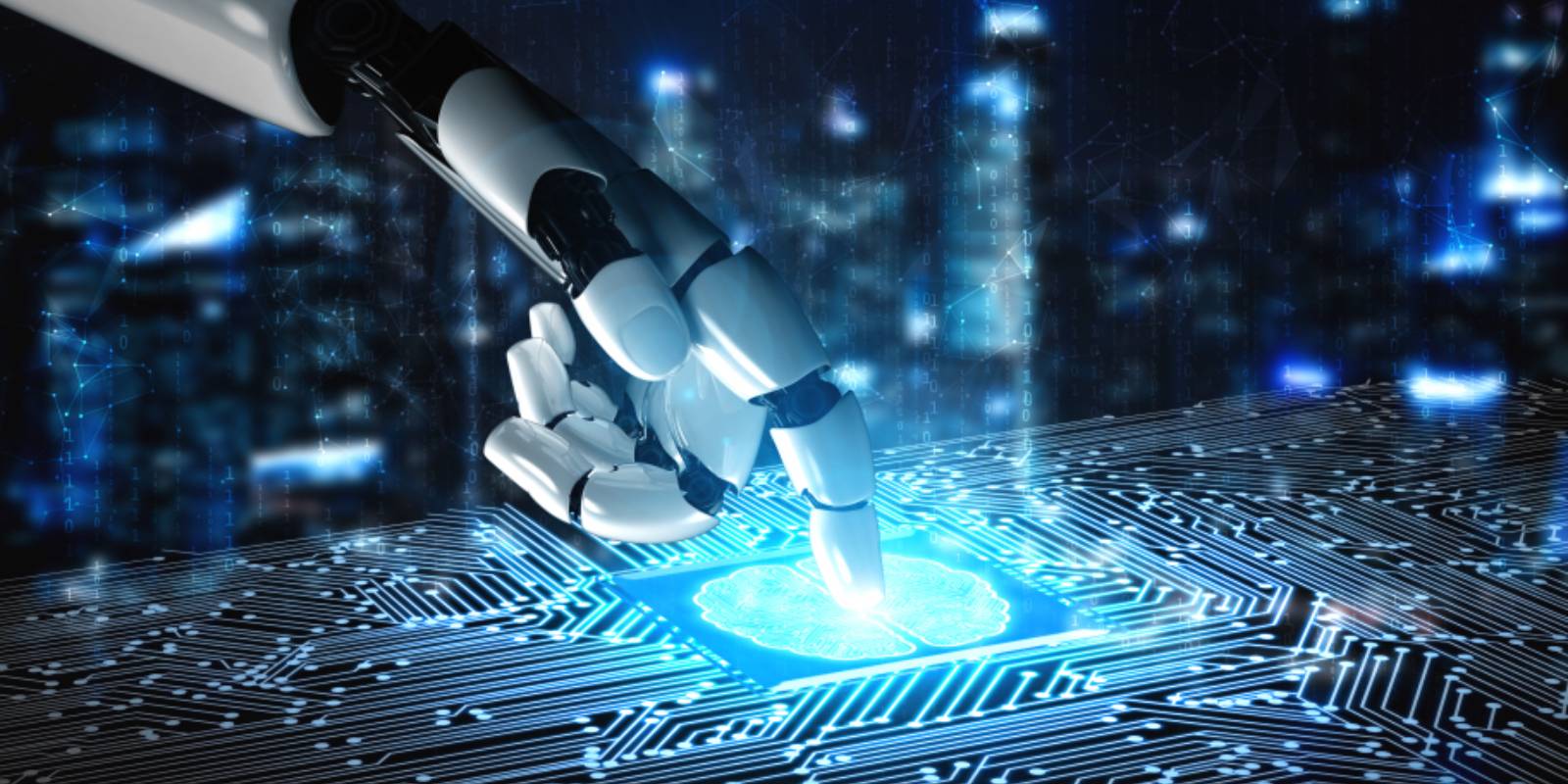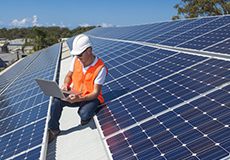Water dispensers play a vital role in providing clean drinking water, whether at home, in offices, or in commercial settings.
However, maintaining the correct water level is crucial for their efficient and reliable operation. Traditional contact-based sensors often suffer from wear, corrosion, and contamination, leading to maintenance challenges and potential hygiene concerns.
Non-contact water level detection offers a more advanced and hygienic solution, ensuring long-term performance with minimal maintenance.

Why Choose Non-Contact Water Level Detection?
1. Enhanced Durability
Unlike traditional contact sensors that degrade over time due to direct exposure to water and mineral buildup, non-contact sensors remain unaffected, offering a longer lifespan and consistent performance.
2. Superior Hygiene & Safety
Since these sensors do not touch the water, they eliminate the risk of bacterial growth and contamination, making them ideal for ensuring safe and clean drinking water.
3. High Accuracy & Efficiency
Non-contact sensors provide precise water level measurements, helping prevent issues like overflow or dry running. This ensures smooth dispenser operation and avoids unnecessary water wastage.
4. Low Maintenance & Cost-Effectiveness
With no direct contact with water, these sensors require less frequent cleaning and maintenance, reducing overall operational costs and extending the life of the water dispenser.
5. Easy Integration with Modern Systems
Non-contact sensors can be seamlessly integrated into both existing and new water dispenser designs, including smart dispensers equipped with IoT capabilities.
How Does Capacitive Non-Contact Water Level Detection Work?
Capacitive sensors operate by detecting changes in capacitance as the water level fluctuates. These sensors consist of two key components:
Detection Electrode: Placed inside the dispenser, it interacts with the surrounding material.
Reference Electrode: Acts as a baseline for capacitance changes.
As water levels rise or fall, the dielectric properties around the sensor change, altering the capacitance. The sensor detects this shift and transmits real-time water level data to the dispenser system, enabling precise monitoring and control.
Applications of Non-Contact Water Level Detection
1. Home Water Dispensers
Automatically detect low water levels and trigger refills, ensuring a continuous supply of clean drinking water.
2. Office & Commercial Dispensers
Reduces maintenance frequency while ensuring reliable operation in high-usage environments.
3. Smart & IoT-Enabled Water Dispensers
Integrates with smart systems to provide real-time alerts for low water levels, filter changes, or required maintenance, enhancing user convenience.
Conclusion
Non-contact water level detection is transforming the way water dispensers operate, offering greater reliability, hygiene, and efficiency. By eliminating common issues associated with traditional contact-based sensors, this technology ensures clean drinking water, reduces maintenance costs, and enhances the overall user experience.
For businesses and manufacturers looking to upgrade their water dispenser solutions, adopting non-contact water level sensors is a step toward a more advanced and sustainable future.


 MCU Solutions
MCU Solutions PCBA Solutions
PCBA Solutions Bluetooth Solutions
Bluetooth Solutions
 FAQ
FAQ Contact Us
Contact Us
 Company News
Company News Technology News
Technology News Industry News
Industry News PCBA News
PCBA News
 Company Profile
Company Profile Certificates
Certificates Terms & Conditions
Terms & Conditions Privacy Statement
Privacy Statement
 Home Appliances
Home Appliances Beauty Appliances
Beauty Appliances Lighting
Lighting Kid's Toys
Kid's Toys Security Alarm
Security Alarm Health Care
Health Care



 More information?
More information?






